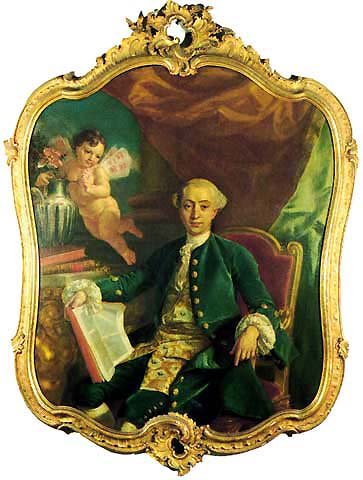From poets and presidents to kings and courtesans, history is filled with great romances and timeless love stories. This Valentine's Day, discover some of history's most famous tales of love and loss.
 |
King Edward VIII |
 |
October 1936: Edward VIII and Mrs Wallis Simpson, during a cruise in the Adriatic, before the couple's romance became widely known. |
 |
Wallis, Duchess of Windsor; Prince Edward, Duke of Windsor (King Edward VIII) |
King Edward VIII
Edward, then Prince of Wales, was introduced to Wallis Simpson in 1931, when she was married to her second husband; they soon began a relationship that would rock Britain's most prominent institutions — Parliament, the monarchy and the Church of England — to their cores. Edward called Simpson, whom others criticized as a financially unstable social climber, "the perfect woman." Just months after being crowned king in January 1936, after the death of his father, George V, Edward proposed to Simpson, precipitating a huge scandal and prompting Britain's prime minister, Stanley Baldwin, to say he would resign if the marriage went ahead. Not wanting to push his country into an electoral crisis, but unwilling to give Simpson up, Edward made the decision to abdicate the throne. In a public radio address, he told the world of his love for Simpson, saying that "I have found it impossible to carry the heavy burden of responsibility and to discharge my duties as King as I would wish to do without the help and support of the woman I love." Married and given the titles of Duke and Duchess of Windsor, the couple lived in exile in France, where they became fixtures of cafe society. |
Giacomo Casanova |
Giacomo Casanova
The name "Casanova" has long since come to conjure up the romantic image of the prototypical libertine and seducer, thanks to the success of Giacomo Casanova's posthumously published 12-volume autobiography, Histoire de ma vie, which chronicled with vivid detail — as well as some exaggeration — his many sexual and romantic exploits in 18th-century Europe. Born in Venice in 1725 to actor parents, Casanova was expelled from a seminary for scandalous conduct and embarked on a varied career, including a stint working for a cardinal in Rome, as a violinist, and as a magician, while traveling all around the continent. Fleeing from creditors, he changed his name to Chevalier de Seingalt, under which he published a number of literary works, most importantly his autobiography. Casanova's celebration of pleasure seeking and much-professed love of women — he maintained that a woman's conversation was at least as captivating as her body — made him the leading champion of a movement towards sexual freedom, and the model for the famous Don Juan of literature. After working as a diplomat in Berlin, Russia, and Poland and a spy for the Venetian inquisitors, Casanova spent the final years of his life working on his autobiography in the library of a Bohemian count. He died in 1798.| Sappho (Musei Capitolini, Roma) |



happy valentine day
ReplyDeletereal story in the GB
ReplyDelete